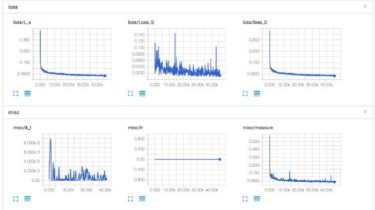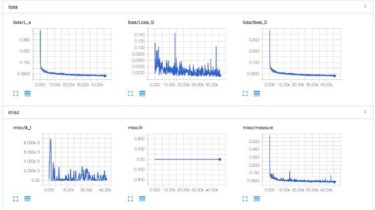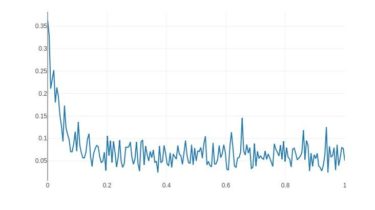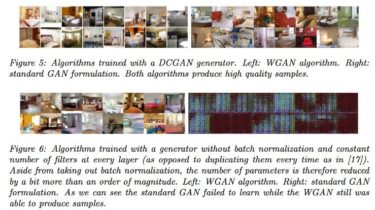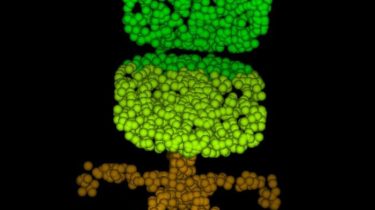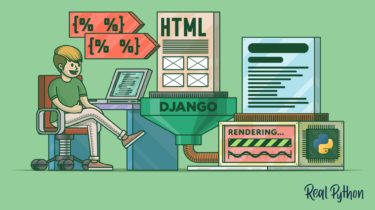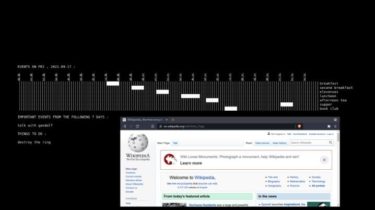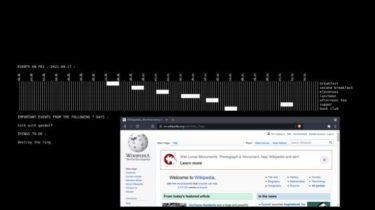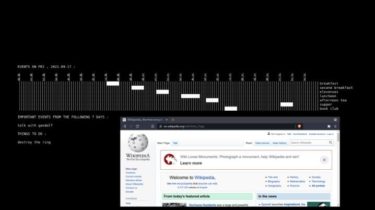A complete suite for training sequence-to-sequence models in PyTorch
This is a complete suite for training sequence-to-sequence models in PyTorch. It consists of several models and code to both train and infer using them. Using this code you can train: Neural-machine-translation (NMT) models Language models Image to caption generation Skip-thought sentence representations And more… Installation git clone –recursive https://github.com/eladhoffer/seq2seq.pytorch cd seq2seq.pytorch; python setup.py develop Models Models currently available: Datasets Datasets currently available: All datasets can be tokenized using 3 available segmentation methods: Character based segmentation Word based segmentation Byte-pair-encoding […]
Read more